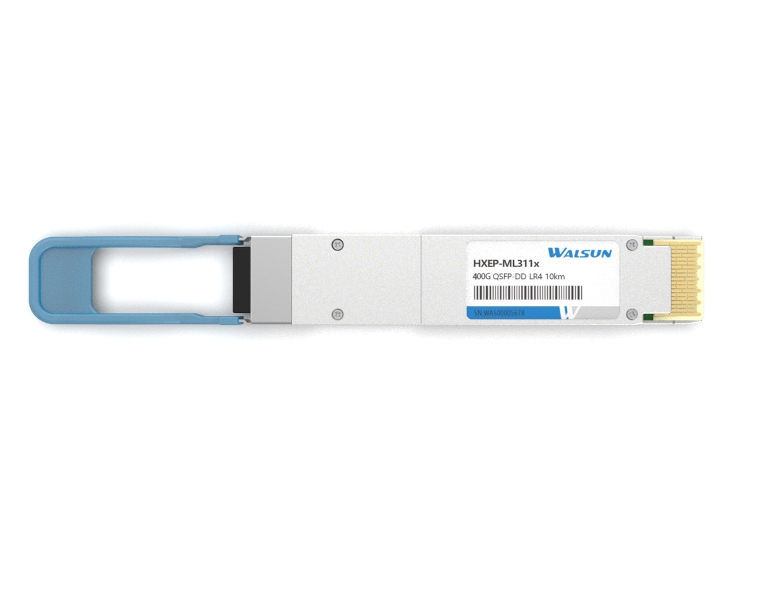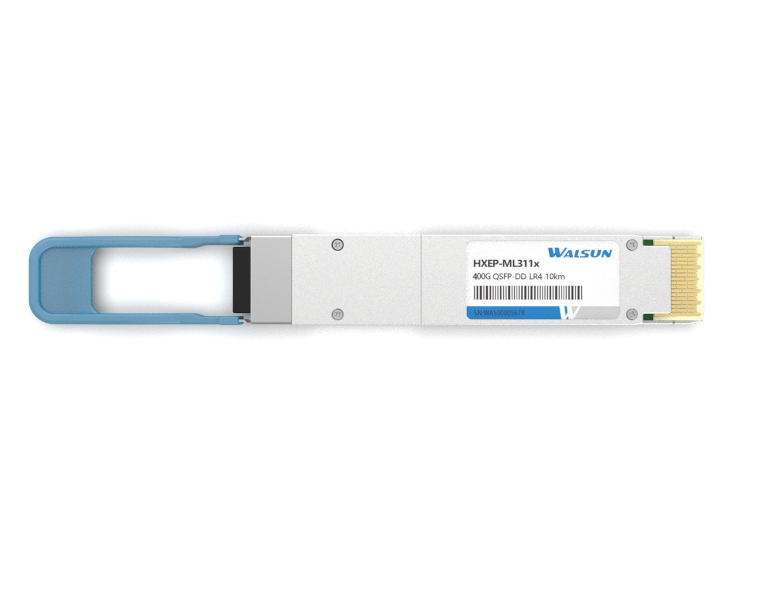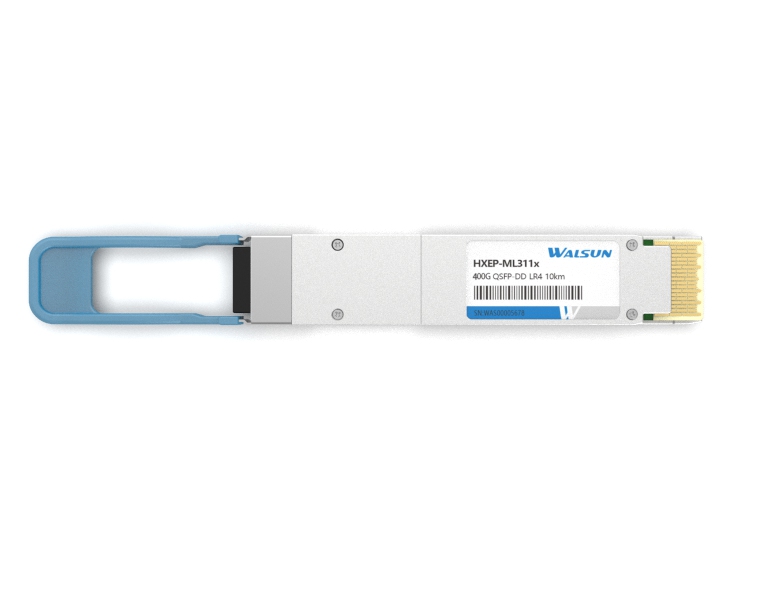PRODUCTS

- The "DD" in QSFP-DD stands for "double density." This indicates that the QSFP-DD transceiver has double the port density of the original QSFP transceiver, allowing for higher data transmission capabilities.Why QSFP-DD over other 400G capable form factors (OSFP, CFP8, & COBO)?When compared to the octal small form pluggable (OSFP), the QSFP-DD is quite similar. Both utilize e969

- Yes, QSFP-DD (Quad Small Form-factor Pluggable Double Density) is designed to be backward compatible with previous generations of QSFP modules, allowing for easy migration and interoperability with existing infrastructure.Why QSFP-DD over other 400G capable form factors (OSFP, CFP8, & COBO)?When compared to the octal small form pluggable (OSFP), the QSFP-DD is quite similar. Both utilize eight1050

- QSFP-DD FR4 (Quad Small Form-Factor Pluggable Double Density Four-Wavelength Short-Range) transceivers offer several advantages in optical communication, especially in high-speed data center and networking environments. Here are the advantages of using QSFP-DD FR4 in optical communication:Higher Data Rates: QSFP-DD FR4 transceivers support higher data rates, typically operating at speeds of 400 Gb1488

- Yes, QSFP (Quad Small Form-factor Pluggable) is compatible with QSFP-DD (Double Density), as the QSFP-DD interface is designed to be backwards compatible with QSFP. This means that QSFP-DD modules can be used in QSFP ports, but QSFP modules cannot be used in QSFP-DD ports.Why QSFP-DD over other 400G capable form factors (OSFP, CFP8, & COBO)?When compared to the octal small form pluggable (OSFP800

- Yes, QSFP28 and QSFP-DD are compatible with each other. The QSFP-DD (Quad Small Form-factor Pluggable Double Density) transceiver is designed to be backwards compatible with QSFP28 transceivers, allowing for interconnectivity between the two form factors. This compatibility allows for easy migration and expansion of high-speed data center and networking infrastructure using both QSFP28 and QSFP-DD1410


 CHS
CHS Walsun Mall
Walsun Mall










